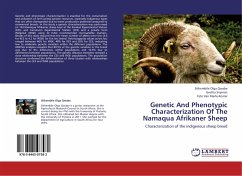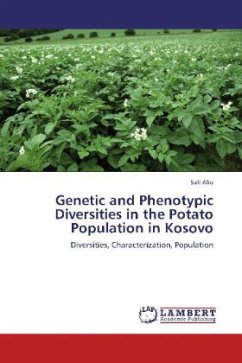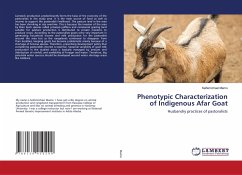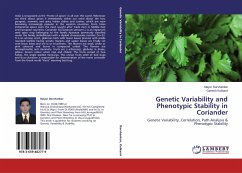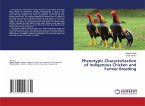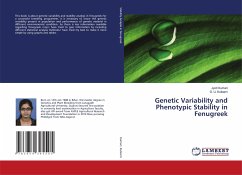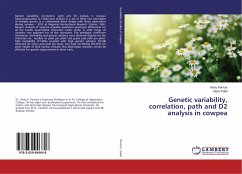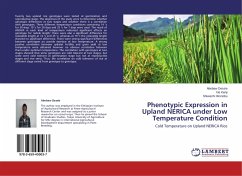Genetic and phenotypic characterisation is essential for the conservation and utilisation of farm animal genetic resources, especially indigenous types that are often disregarded due to lower production potential compared to commercial breeds. In this study a genetic characterisation was performed on 144 Namaqua Afrikaner sheep kept at the Karakul Experimental Station (KES) and Carnarvon Experimental Station (CES) and a private farm Welgeluk (WGK) using 22 ISAG recommended microsatellite markers. Results of this study showed that the mean number of alleles were low (3.6 for KES to 4.2 for WGK) for the loci tested. Heterozygosity values across loci ranged between 46% for WGK, 48% for KES and 55% for CES, indicating low to moderate genetic variation within the different populations. The AMOVA analyses revealed that 89.5% of the genetic variation in the breed was due to the differences within populations and 10.5% due to differences between populations. The genetic distance estimates revealed a close relationship between the CES and WGK populations. The population structure confirmed the differentiation of three clusters with relationships between the CES and WGK populations.
Bitte wählen Sie Ihr Anliegen aus.
Rechnungen
Retourenschein anfordern
Bestellstatus
Storno

